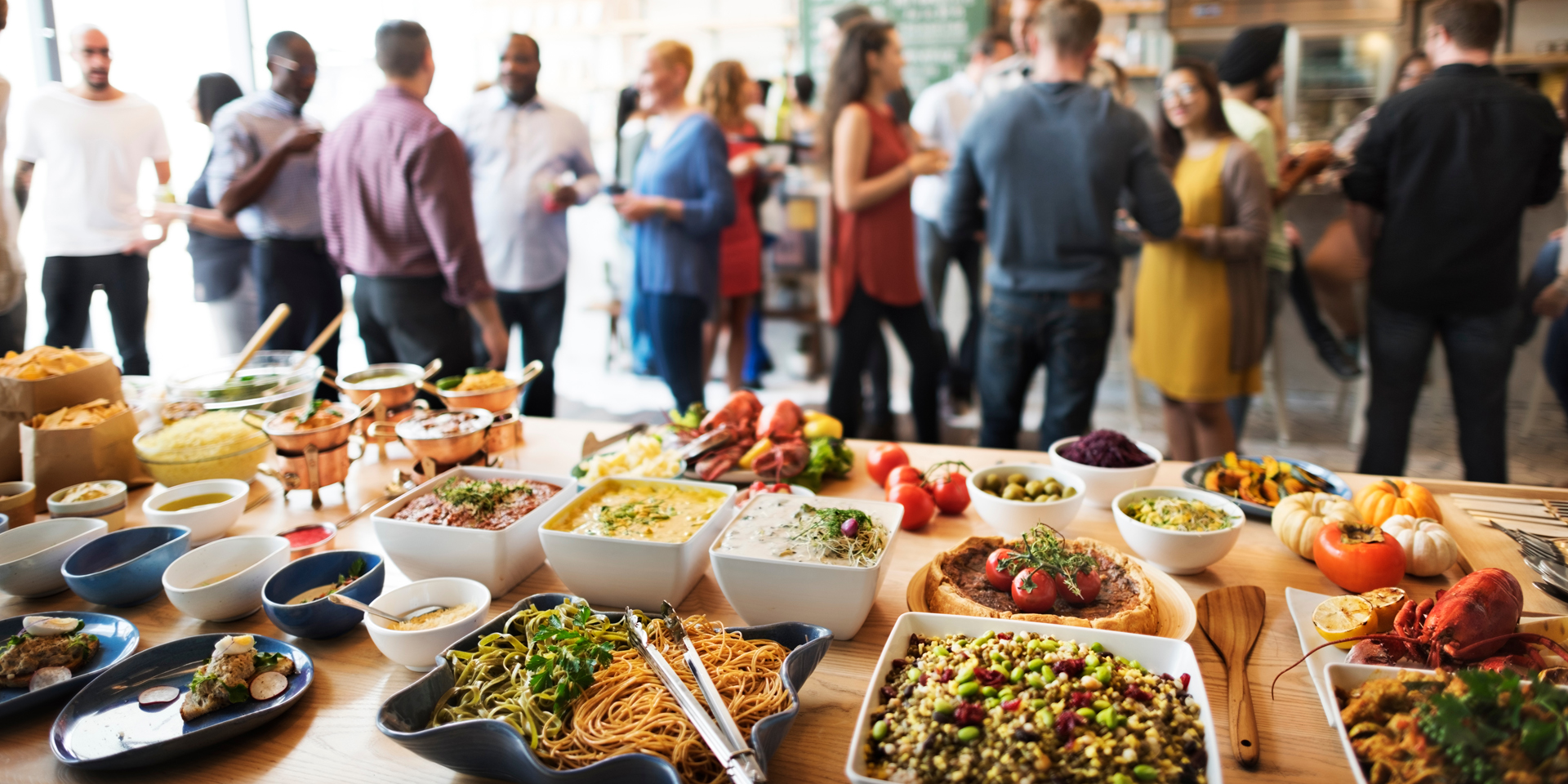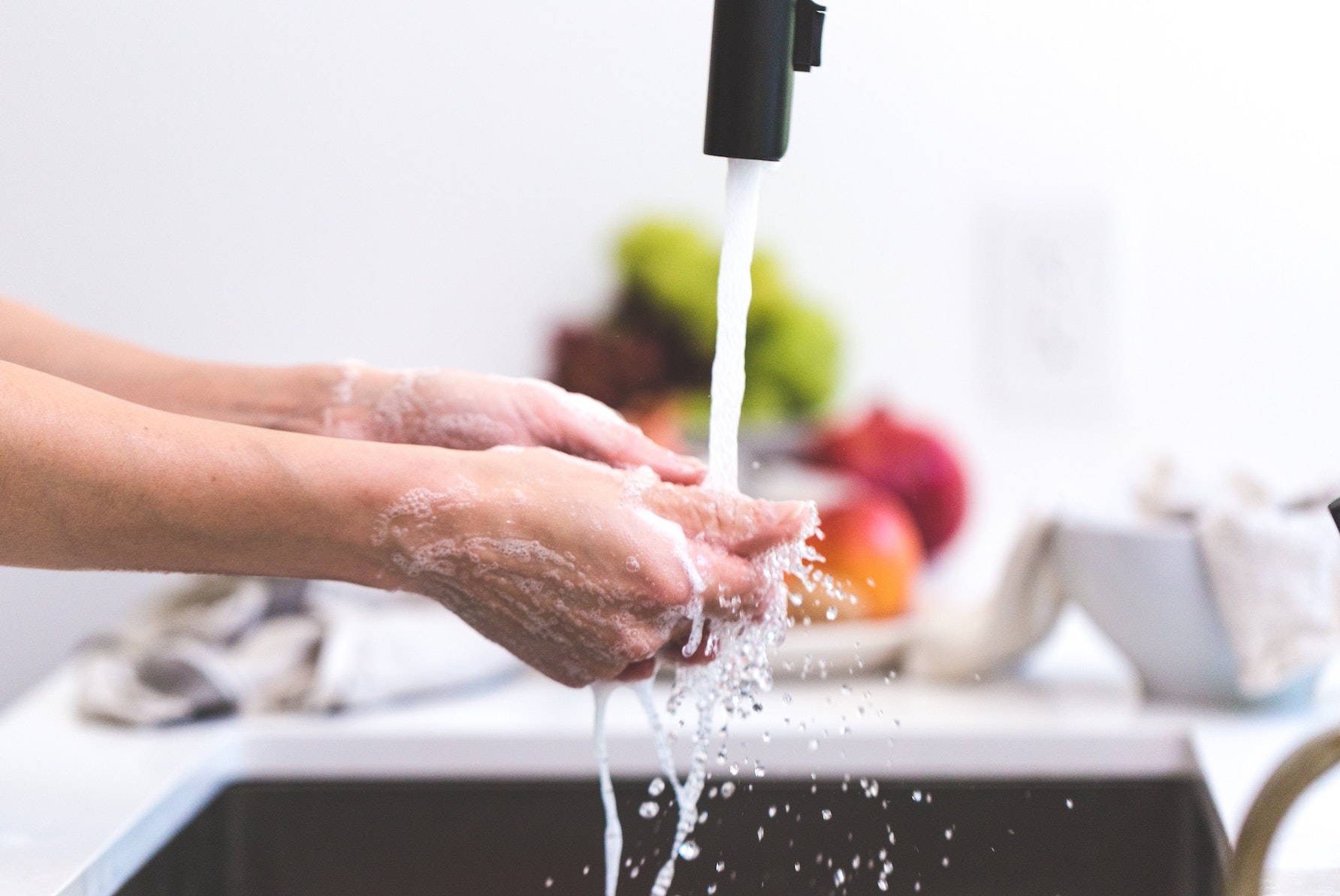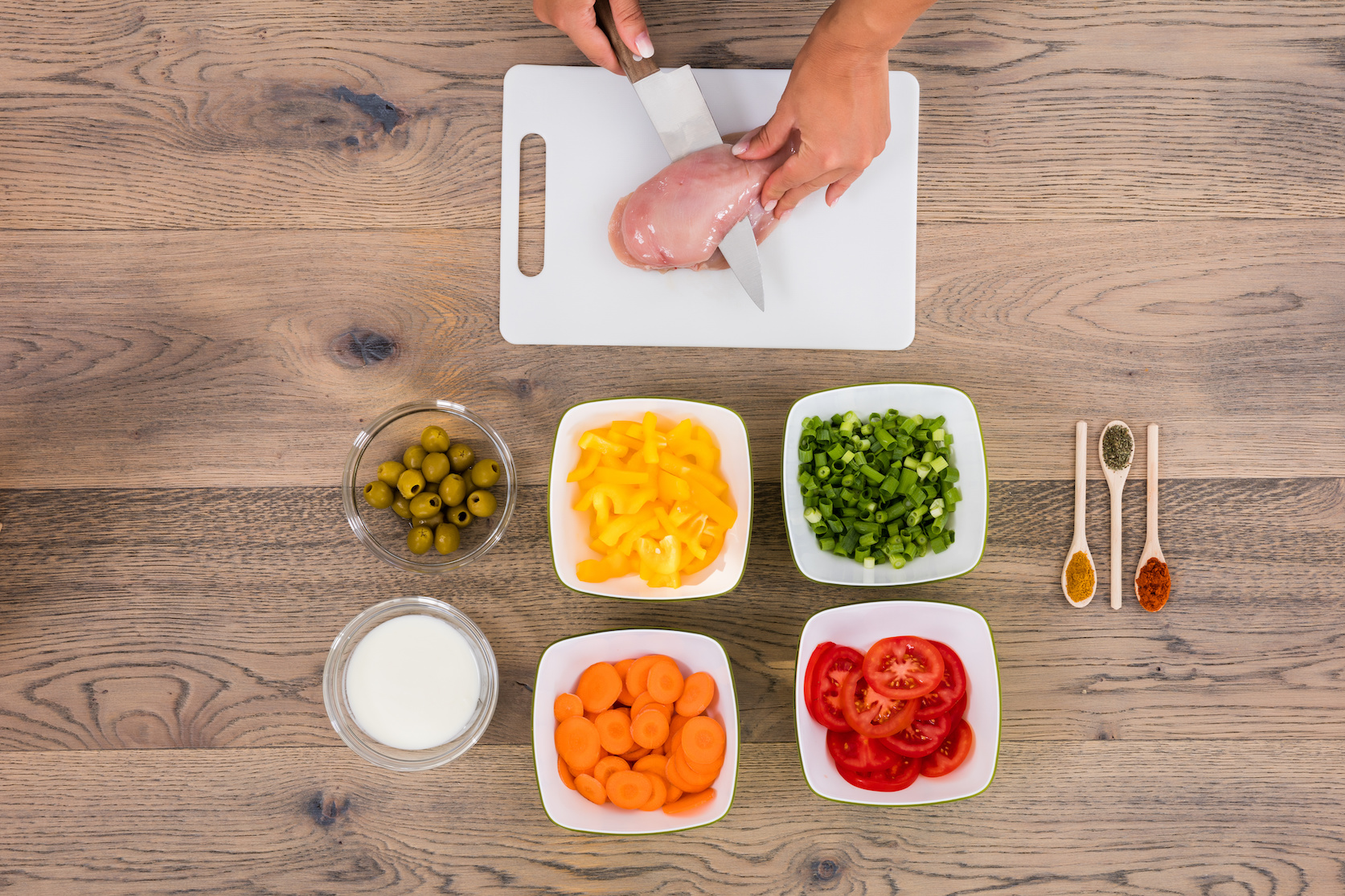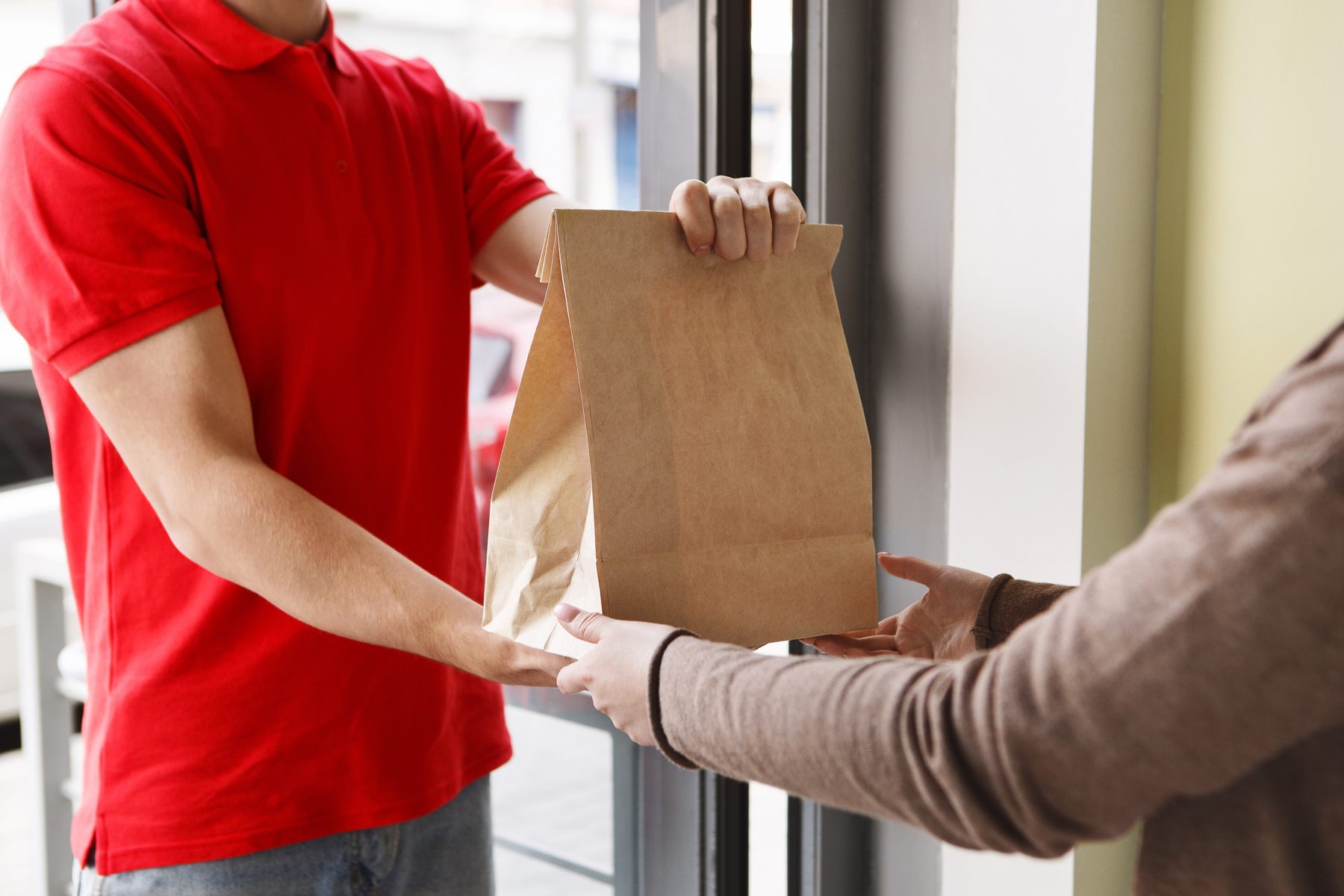September is National Food Safety Month
Did you know that foodborne illnesses hospitalize over 100,000 people and lead to the death of roughly 3,000 in the U.S. every year? Taking every opportunity to observe food safety principles and best practices is an important food safety endeavor.
Let’s take a look at what National Food Safety Month is, the basics of food safety, as well as procedures and best practices to help protect yourself and others during the upcoming holidays.
What is National Food Safety Month?
National Food Safety Month is not an official observance. It is an informal observance designated by the National Restaurant Association in 1994 for the purpose of promoting food safety in the foodservice and hospitality industry as well as for consumers.
This food safety month is also known by other similar names such as:
National Food Safety Education Month
National Food Safety Awareness Month
When is National Food Safety Month?
The month of September is designated as National Food Safety Month. September appears to be an ideal time for observing food safety practices. It occurs just after summer and right before common fall and winter holidays. These holidays often involve large gatherings with friends and family, as well as food. This means heightened risk for food-related health issues such as:
Transmission of foodborne illnesses
Cross-contamination of raw food
Direct transmission of illnesses in large groups
Awareness of these dangerous health issues is important so that you can take steps to minimize the risk of food-related illnesses.
The basics of food safety

According to the USDA, the basics of food safety can be boiled down to four simple steps. When preparing food, it is important to practice these four steps to help prevent the potential for foodborne illness.
Clean
Wash your hands often and follow the 5-step proper handwashing procedure listed below. Also, wash utensils and surfaces regularly. Remember to wash fruit and vegetables as well, ideally under running water.
Separate
Be very careful to keep meat, poultry, seafood, and eggs separate from other food. When storing these items in the fridge, use trays and containers with a sufficient lip that will prevent juices from overflowing and dripping on to other food.
When preparing raw meat, poultry, and seafood, try to designate a separate area of your counter space for these items so that you can keep them separate from other food and avoid cross-contamination.
Cook
For certain types of foods like meat, poultry, seafood, and eggs, use a food thermometer or other temperature measuring device to ensure the food is cooked to the correct temperature to kill harmful germs that can cause food poisoning. Here is a simple chart from FoodSafety.gov to give you an idea on different temperatures required for certain foods.
Be aware that, while some chefs may use devices like infrared thermometers for certain uses, this may not be sufficient for the purpose of ensuring correct temperature of meat. Remember, the temperature of the middle of a piece of meat can be different from the external temperature. A probe-type thermometer can help ensure a more accurate read on meat temperature throughout.
Chill
Make sure to refrigerate food within one to two hours of cooking, depending on the ambient temperature of the environment you’re in. This will help ensure that perishable foods do not begin to degrade or accumulate harmful bacteria.
Ideally, your refrigerator should be set to a temperature of 40°F or below, and a freezer of 0°F or below. When in doubt, use a thermometer to be sure temperatures are accurate.
Proper handwashing procedure

According to the CDC, a proper handwashing procedure consists of the following five steps:
Wet your hands, turn off the faucet, and apply soap.
Lather your hands with soap, including the back of your hands, between your fingers, and under your nails.
Scrub your hands for 20 seconds minimum.
Turn on the faucet and rinse your hands thoroughly.
Dry your hands with a clean towel or air.
If you are unable to properly wash your hands, using hand sanitizer can be a potential substitute. Try to use a hand sanitizer that contains at least 60% alcohol to give yourself the best chance of sanitizing germs.
Remember to be careful what you touch after sanitizing your hands to ensure you don’t recontaminate them.
How to avoid cross-contamination

With the coming holidays, this means you may be involved in preparing lots of food. Let's take a look at some of the steps you can take to avoid potential cross-contamination.
In the shopping cart
When shopping for food, it’s important to keep raw meat, poultry, seafood, and eggs separate from other food. Where possible, try to use the available plastic bags in most grocery stores to place these types of foods in. Also, try to store these items separately in your cart. Insulated freezer bags can be useful to help create this separation from other foods.
Try not to tip or place these types of foods sideways in your cart or shopping bags, as it may increase the likelihood of raw juices leaking out and contaminating other surfaces and foods.
In the fridge
When storing raw meat, poultry, seafood, or eggs in the fridge, it’s important to think about placement and take care to avoid raw juices dripping onto any surfaces. Try placing these types of foods on lower levels in the fridge, to reduce the number of surfaces they could potentially touch or drip on.
In terms of storage devices, consider using pans or containers that have a significant lip that will prevent raw juices from dripping over the edge. If possible, use containers with sealable lids.
In the freezer
For storage of raw meat in the freezer, placement is still critical to avoid cross-contamination. Try to keep these types of raw foods stored as far away as possible from things like ice trays. Where possible, consider using self-sealing bags or sealable plastic containers.
It’s important to remember, even when putting these types of food in the freezer, they will remain pliable with potential to leak for a period of time until thoroughly frozen.
On the counter
When preparing food on the counter, ensure you keep raw meat, poultry, seafood, and eggs stored separately from other foods. It’s important to consider the entire cycle of food preparation and the different areas that food, containers, and utensils used for preparation will traverse. From the prep counter, to the sink, to the table.
Use separate cutting boards for meat and other foods like fruit and vegetables. Also ensure you use separate utensils between these different groups of foods. After handling foods like raw meat, don’t forget to follow proper handwashing procedures before handling other types of foods.
After you’re finished preparing food, ensure you clean your counter, sink, and all necessary surfaces thoroughly with a disinfectant.
Using food delivery services

As use of food delivery services becomes more prevalent, it’s important to take note of the unique circumstances surrounding potential health issues with delivered food. You have the addition of transport bags and containers, which themselves could be contaminated.
When receiving delivered food, it can be a good idea to first remove all containers and items from the transport bag, but not immediately plating and eating the food. After discarding this bag, consider washing your hands first before continuing to plate the food. This might potentially help avoid cross-contamination if the exterior of the transport bag might have come into contact with something unhealthy.
You might also consider washing a second time after plating the food, however some might consider this excessive. Every little bit helps so, when in doubt, err on the side of caution and wash your hands again.
In conclusion
During the month of September, take some time to familiarize yourself with various food safety procedures and start implementing them. Remember, fall and winter seasonal celebrations often involve large gatherings with family, friends, and the sharing of food.
This is an opportunity for great times but there’s also the potential for foodborne illnesses and other health issues. Take some of the above best practices into account so you can protect yourself and others, and ensure you both happy and safe celebrations!
SEDERA DOES NOT PROVIDE MEDICAL ADVICE. The information contained herein is for informational and/or educational purposes only and is not intended or implied to be a substitute for professional medical advice. Always seek the advice of your physician or other qualified healthcare provider with any questions you may have regarding a medical condition or treatment.